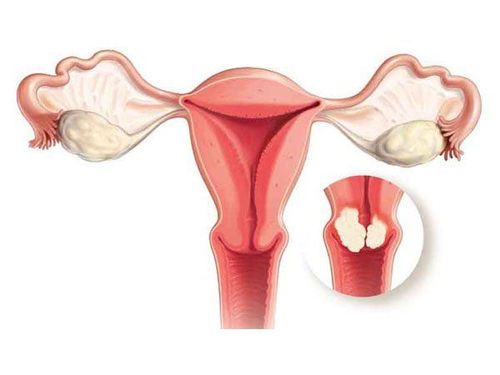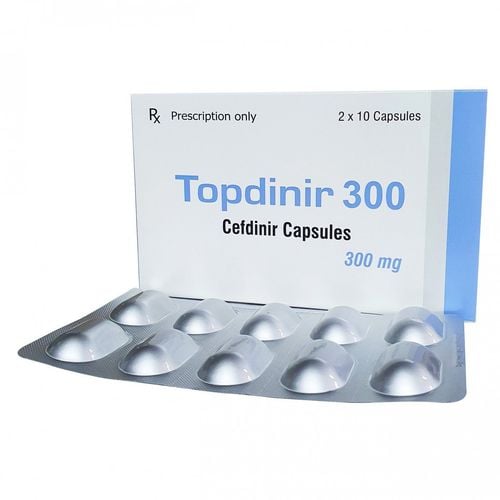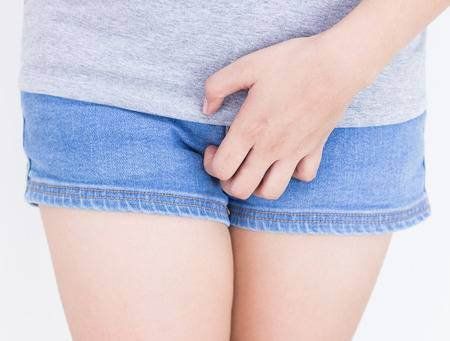This is an automatically translated article.
Uterine adhesions are a problem that worries many women, especially those who have had uterine interventions such as abortion, uterine fibroids removal. Adhesions to the uterus can lead to extremely serious consequences, causing infertility, even female infertility.1. What is uterine adhesions?
Structurally, the uterus has 3 layers: the serosa, the muscular layer, and the endometrial layer. In particular, the endometrium is divided into two layers, the basal layer below and the upper functional layer (the functional layer is the layer that is shed during menstruation, while the basal layer is responsible for rebuilding the lost mucosal layer). Go).In fact, there are many women who do not know what uterine adhesions are, although this is a fairly common disease. Adhesions of the uterine cavity is a condition in which the anterior and posterior uterine walls stick together, leading to deep damage to the basal layer of the endometrium, hindering the regeneration of the endometrium and affecting the ability to conceive. nesting eggs.
There are many causes of uterine adhesions, in which, the most common are still:
Abortion, multiple abortions: Adhesions to the uterus are a common complication of curettage. During the procedure, if the doctor's expertise is not guaranteed as well as sterile conditions, it can cause the uterine lining to be damaged to the bottom layer, causing adhesions. Missing placenta after childbirth or after miscarriage, abortion Consequences of intervention in the uterus to manage related diseases Women with certain gynecological diseases leading to severe inflammation intimate area and if not treated promptly and definitively, it spreads deep into the uterus, leading to uterine adhesions The bottom endometrial layer is severely degraded.

Dính buồng tử cung là tình trạng thành tử cung phía trước và phía sau dính vào nhau
2. Manifestations of uterine adhesions
Common signs of uterine adhesions in patients include:Menstrual disorders Irregular menstrual periods are a sign of uterine adhesions. The reason is that, normally to the period, the functional layer of the uterine lining will shed to form menstrual blood. But when the uterine cavity is attached, the increased mucosal layer will be less, leading to erratic menstrual periods, amenorrhea or secondary amenorrhea. The amount of menstrual blood will depend on the degree of adhesion to the uterus in each woman.
In the case of mild uterine adhesions, the patient still sees menstruation according to the correct cycle, however, the menstrual blood volume will be less. There will be amenorrhea, irregular periods, irregularities.
Or pain in the lower abdomen Adhesions to the uterus is a very common condition encountered when women conduct curettage, abortion. One month after a curettage, if you notice signs of pain in the lower abdomen that occur frequently and are getting worse, you need to see your doctor soon to determine if it is a sign of pregnancy. uterine adhesions or not to be treated, overcome promptly and definitively.
3. Adhesions to the uterus can you get pregnant?
Adhesions do not occur immediately but progress slowly, most patients do not see any symptoms of uterine adhesions other than amenorrhea or amenorrhea. Late detection, severe uterine adhesions can bring many unpredictable harms.One of the serious harms is causing infertility. Because according to specialist doctors, women with uterine adhesions after having unprotected sex, conception still occurs. However, when the fetus returns to the nest, it cannot attach to the uterus because there is no bottom layer to create a functional layer, the uterine lining cannot thicken, leading to early miscarriage. Miscarriage that occurs repeatedly can lead to infertility.
Besides, when the uterine cavity is sticky, it loses its natural elasticity, so it will not be able to meet the development of the fetus and lead to the mother giving birth prematurely.
After giving birth, pregnant women may have massive bleeding, which is caused by the placenta clinging too tightly to the uterus where there is no mucosa, during childbirth, the uterine part will be severely damaged leading to the condition. excessive bleeding.

Chẩn đoán dính buồng tử cung bằng kỹ thuật siêu âm bơm nước buồng tử cung
4. Treatment and prevention of uterine adhesions
4.1. Treatment of uterine adhesionsAlthough it is the cause of many miscarriages, it is completely treatable. The method of application is surgery, separation of the adherent uterus to reconstruct the uterine cavity and a combination of drugs.
The duration and effectiveness of treatment for uterine adhesions depend on the extent of damage to the uterine lining, the area of adhesions and the patient's condition. The smaller the uterine damage, the lower the adhesion area, the faster and easier the separation of the uterus and the recovery after surgery.
The likelihood of successful de-adhesion and re-pregnancy will depend on the extent of damage to the endometrium. One study found an average chance of getting pregnant again up to 80% with mild adhesions and 30% with severe uterine adhesions.
In the case of mechanical uterine adhesions (after aspiration), the doctor will have to place an IUD to separate, combined with hormonal drugs to stimulate the thickening of the lining.
For other cases, if the cause comes from an infection or genital tuberculosis, the patient will have to ensure the principle of treating these diseases thoroughly first, then using measures to separate the uterus.
4.2. Prevention of uterine adhesions
Adhesions to the uterus can make it difficult for women to have children, infertility, infertility, easy miscarriage, adversely affecting reproductive health. Therefore, women need to know measures to prevent and minimize the risk of uterine adhesions, especially after miscarriage or abortion:
Women should limit curettage and abortion. If you have to proceed, you should go to safe medical facilities for the procedure. To prevent uterine adhesions after an abortion, doctors often put an anti-adhesive ring on the patient. At the same time, women also need to take the medicine according to the doctor's instructions to avoid dangerous complications. Pay attention to daily hygiene of the intimate area properly to avoid infection, reduce the risk of uterine inflammation causing adhesions. When seeing signs of uterine adhesions, the patient should take the initiative to go to the hospital for examination, examination, and determination of the cause for timely treatment. Avoid prolonging the disease, making it difficult to treat later, and may even lead to unpredictable complications such as infertility. In order to help customers detect and treat other gynecological diseases early, Vinmec International General Hospital has a basic gynecological examination and screening package, which helps customers detect inflammatory diseases early and help treat diseases. Easy, inexpensive treatment. Basic gynecological examination and screening package for female customers, has no age limit and may have the following symptoms:
Pain, itching in the vagina Female customers have several risk factors such as poor personal hygiene, unsafe sex, abortion, ... Female customers have other symptoms such as: Abnormal vaginal discharge, itching, pain in the intimate area, abnormal vaginal bleeding . Irregular bleeding in the vaginal area Menstrual problems: irregular periods, irregular periods Abnormal vaginal discharge (smell, different color)
If you have unusual symptoms, you should be examined and consulted with a specialist.
Please dial HOTLINE for more information or register for an appointment HERE. Download MyVinmec app to make appointments faster and to manage your bookings easily.













